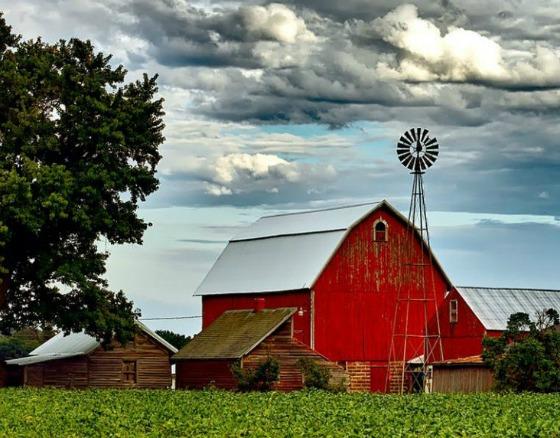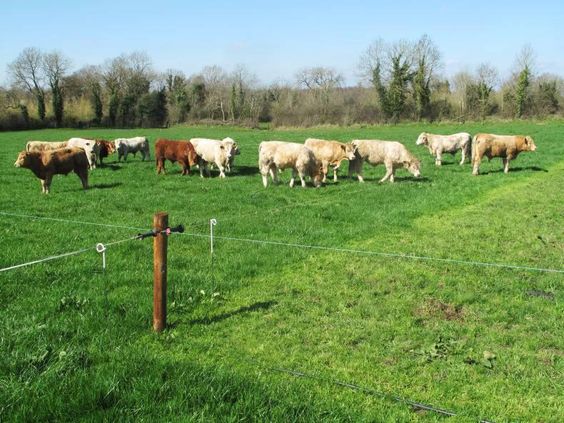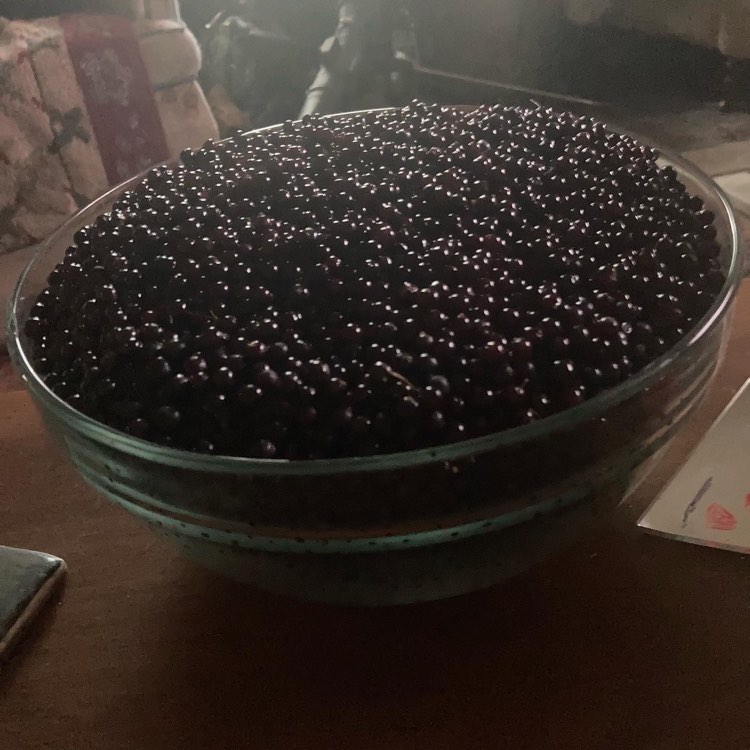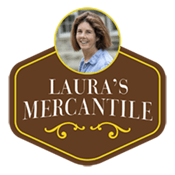— What ‘Ohio River Valley Climate-Smart Markets’ means for you
The way you eat affects your body and the lands around you. Support healthy farms through our growing network. Here at the starting line of a five year grant with USDA, we have sales in several key channels– online, through a local farm store, a class B distillery, and wholesale to select area retailers. We offer healing hemp and CBD, wild-crafted herbal supplements, regional farm products from farmers and artisans we trust, and beef and eggs from our farm. We intend to build a broad collaboration of capable farmers in the Ohio River Valley which can share our marketing channels, offering more value and options to our customers. Particularly, we intend to build a regional beef production collaboration which will help bring the highest quality pasture-finished meats to our customers and additional profits to farmers and processors here in our home lands.

Regional Economies Look After Local People and Places
In the old days, Laura’s Lean Beef Company raised cattle on farms in the Ohio River Valley, fattened them in Indiana and killed them on the river in Louisville or Cincinnati. That’s a beef business that serves its home region. Today, most beef cattle are finished out west in massive facilities controlled by just a couple of companies. Or they are raised in South America and processed here so sellers can slap a “product of the USA” label on the package.
This is not sustainable, literally. The cost of corn and trucking continues to rise and regular people find beef harder to afford. It also isn’t good for the land– one cow patty makes fertile soil; 100,000,000 cow patties makes a problem.
Maybe– in spite of a century hearing that “economies of scale” were the only way to go– a landscape covered with family-operated farms worked better than this. As Federal Trade Commissioner Bedoya said in a recent talk at the Midwest Forum for Fair Markets, “if you look at the original anti-trust statutes, the word “efficiency” is nowhere, but they talk about fairness all over the place.” And now the USDA is pushing millions, at least, into small and medium-sized slaughterhouses and processors. It’s a start.

Its not the Cow; Its the How
Soil is the source of all terrestrial life on this planet. We are burning through it faster than we are putting it back, endangering the future of soil-grown food– plants and livestock. Maybe you’ve heard about FDA approving lab grown meat for human consumption, making food even more like a factory product, supposedly to protect the climate from cows burping methane and using up land that could be in monoculture crops.
Trouble is, there’s more than one way to raise beef cattle, and it makes a big difference. Here’s the TED talks. Bobby Gill from Big Sky and Alan Savory.
What do you think?
We will show that we can sequester carbon in grassland soils using rotational grazing. We can see that bringing our beef production back into our home lands will reduce emissions from trucking by many tons. We understand that gases cycle in and out of soils in relation to the billions of tiny soil life forms living together in community in the top layer of the Earth. We know that measuring gases from cattle eating corn in crowded pens with bare ground does not show what happens when cattle are moving through grasslands like their relatives have been doing for thousands of years.
We don’t buy that getting rid of those devil cows will ‘solve’ climate change. Complex systems move in complex ways. We also know that pasture raised meats, in balance with plants and other proteins in a varied, whole food diet raised in healthy living soil, gives humans nutrition that we were made for. There’s no substitute.

CBD and Herbal Medicines Work
Plant-based medicines, available from local people, work. And, they help restore people’s control over their own health. We produce them in ways that improve local ecosystems, both in forests and fields. Learn more here.
